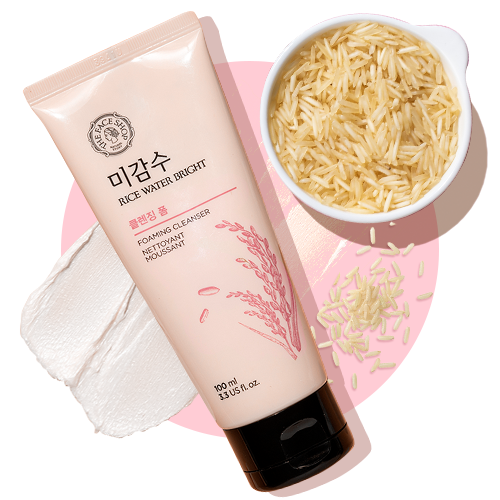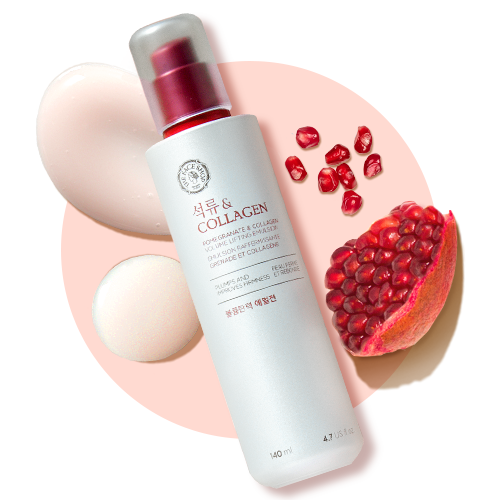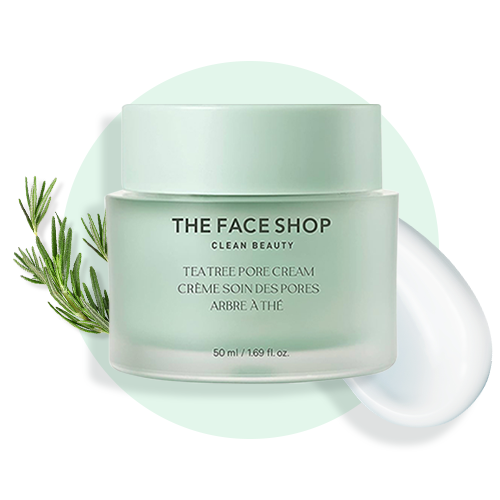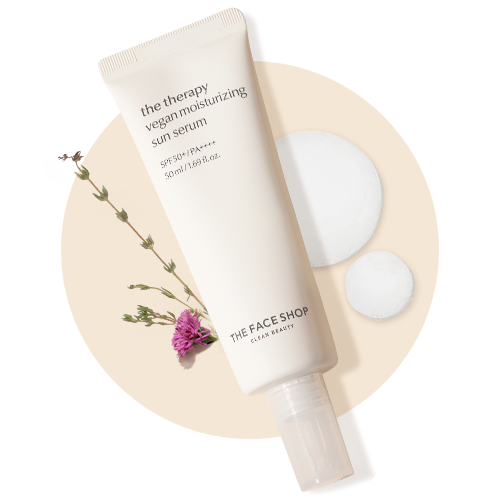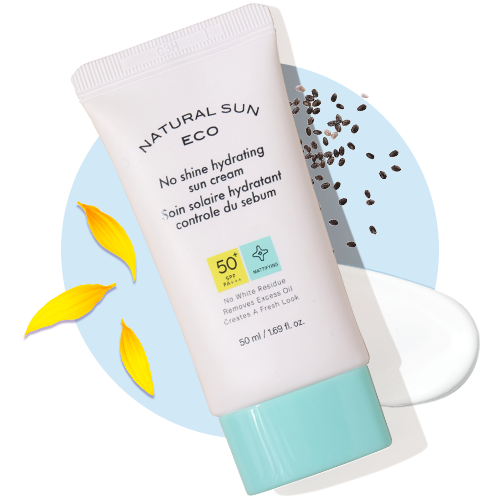What Are Antioxidants and How Do They Actually Work?
The Molecular Mechanism Behind Antioxidant Protection
According to groundbreaking 2025 research published in Applied Sciences, antioxidants are bioactive compounds that mitigate oxidative damage by stabilizing free radicals—highly reactive molecules with unpaired electrons that can damage DNA, proteins, and lipids within skin cells.
The process works through three primary mechanisms:
1. Electron Donation: Antioxidants like vitamin C donate electrons to neutralize free radicals without becoming harmful themselves
2. Radical Scavenging: Compounds such as vitamin E intercept and neutralize peroxyl radicals before they can damage cellular membranes
3. Metal Chelation: Certain antioxidants bind to metal ions that catalyze oxidative reactions, preventing the formation of hydroxyl radicals
Understanding Oxidative Stress: The Root of Skin Damage
Oxidative stress occurs when there's an imbalance between ROS production and your skin's ability to neutralize them. Environmental factors like UV radiation, air pollution, blue light exposure, and lifestyle factors all contribute to this imbalance, leading to collagen breakdown, DNA damage, and accelerated aging.
The Science Behind Key Antioxidant Categories
Vitamin C: The Cellular Repair Powerhouse
Vitamin C (ascorbic acid) serves as the primary antioxidant in the cytosolic fraction of skin cells. Research shows it:
- Neutralizes 8 different types of ROS including superoxide anions and hydroxyl radicals
- Stimulates collagen synthesis by acting as a cofactor for prolyl and lysyl hydroxylases
- Regenerates vitamin E from its oxidized form, creating a synergistic antioxidant network
- Reduces melanin production by inhibiting tyrosinase activity
For effective vitamin C application, look for products like [White Seed Brightening Serum](https://thefaceshop.in/products/the-face-shop-white-seed-brightening-serum-30ml), which delivers stabilized vitamin C derivatives that penetrate the skin barrier more effectively than pure ascorbic acid.
Vitamin E: The Membrane Guardian
α-Tocopherol (vitamin E) is your skin's primary fat-soluble antioxidant, embedded within cellular membranes where it prevents lipid peroxidation, protects collagen and elastin fibers, absorbs UVB radiation, and maintains membrane fluidity essential for cellular function.
Carotenoids: Nature's UV Filters
2025 research highlights carotenoids as particularly effective against environmental damage. β-Carotene converts to retinal in the epidermis, then to retinol, supporting cellular repair. Lutein filters blue light and protects against photodamage. Astaxanthin is 65 times stronger than vitamin C, neutralizing ROS from both hydrophilic and hydrophobic cellular regions.
How Environmental Damage Actually Occurs (And How Antioxidants Stop It)
The Cascade of Cellular Damage
- Initial Exposure: Environmental aggressors generate ROS in skin cells
- Chain Reaction: Free radicals steal electrons from healthy molecules, creating more radicals
- Cellular Damage: DNA strand breaks, protein oxidation, and lipid membrane destruction occur
- Visible Effects: Wrinkles, hyperpigmentation, loss of elasticity, and compromised barrier function
The Antioxidant Intervention
Antioxidants interrupt this cascade by preventing ROS formation, supporting cellular repair mechanisms, and strengthening the skin barrier against future damage.
Building an Effective Antioxidant Defense System
The Synergistic Approach
Research shows that combining different antioxidants creates exponentially more protection than using them individually. The vitamin C + E combination provides 4-fold better UV protection than either vitamin alone.
Morning Protection Protocol:
- Gentle Cleansing: Start with [Rice Water Bright Light Cleansing Oil](https://thefaceshop.in/products/rice-water-bright-light-cleansing-oil55ml) to remove overnight impurities without stripping natural antioxidants
- Antioxidant Serum: Apply vitamin C serum to neutralize free radicals
- Barrier Support: Use [Rice & Ceramide Moisturizing Skincare Kit](https://thefaceshop.in/products/rice-ceramide-skincare-kit) to strengthen the skin barrier with ceramides and rice-derived antioxidants
- UV Protection: Always finish with broad-spectrum SPF
Evening Repair and Regeneration
Nighttime is when your skin's natural repair mechanisms are most active. Support this process with gentle toning using [Dr.Belmeur Clean Face Mild Toner](https://thefaceshop.in/products/dr-belmeur-clean-face-mild-toner) to balance pH and prepare skin for antioxidant absorption, followed by targeted antioxidant treatments and barrier repair moisturizers.
The Future of Antioxidant Science in Skincare
2025 studies are exploring bioactive delivery systems, synergistic formulations combining plant-derived antioxidants with peptides, personalized antioxidant therapy, and novel antioxidants from marine and fungal sources showing superior stability and efficacy.
Key Takeaways: Making Antioxidants Work for You
Start Early: Antioxidant protection is most effective as prevention rather than treatment
Layer Strategically: Water-soluble antioxidants (vitamin C) first, followed by oil-soluble ones (vitamin E)
Be Consistent: Daily use for 12+ weeks is necessary to see significant improvements in skin texture, elasticity, and protection
Choose Quality Formulations: Look for stabilized derivatives, appropriate concentrations, and complementary ingredients
The science of antioxidants reveals they're not just anti-aging ingredients—they're essential cellular protectors that maintain skin health at the molecular level. By understanding how they work and implementing them strategically, you're not just preventing damage—you're optimizing your skin's natural defense and repair systems for long-term health and resilience.
